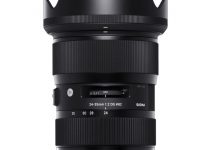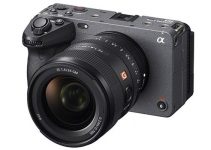Shooting day for night makes a lot of sense in many shooting scenarios, especially for small independent productions. Probably you don’t have the resource to hire a team for night shooting, or you have some budget restrictions and couldn’t afford a massive lightning set up. Or better yet, you are shooting in the winter, and there are some harsh weather conditions for a regular filming session, or you simply want to achieve a certain look in post and have better control over the process in general.
Whatever the reason may be, shooting day for night is an extremely powerful asset, especially when executed in the right way. There are a couple of rules that you should be considering and following through the process in order to achieve the best results while using this technique.
First, try to avoid placing your characters in direct sunlight exposure and avoid shooting the sky, even if you are shooting Raw. Sure, you will have a lot of control over the image settings later in post. However, it will be difficult to “hide” the sun and sky in your frame. For best results, shoot on an overcast day, or if there is a direct sun light try to film in shadow spots only. It’s also a good tip to place your talent around some practical light sources.
Thus, it will be much easier for you to cheat the audience later in post and make the scene enough believable. In general, you need to get the sun light to behave like moonlight on camera in order to make the scene enough truthful. Try to avoid really harsh sun light conditions and use some type of diffusion, because once your talent’s shoulder are blown out, no one would believe that the action took place at night whatever you do later in post.
The next video tutorial by Surfaced Studio covers some of the basics of the post-production workflow when editing a “day for night” scene.
When you are shooting with a camera that doesn’t have the ability to shoot raw, you should be extremely careful with your white balance settings. Try to get the night look in-camera as close as possible by pushing the white balance towards the 2600-3200K range.
Avoid shooting day for night scene with 5600K white balance, especially if you are using a camera with poor codec because later in post you simply won’t be able to change the colors by pushing them so far and the image probably would fall apart. As a rule of thumb, always make sure that you are white balancing to a cooler setting in camera so that you don’t force yourself to push things too far in post and completely degrade the image.
And last but not least, always protect the highlights and bring them as down as far as possible, avoid the harsh light spots in your frame to make your scene look even more believable. Add some night foley sounds for even more convincing and professional results.
Even if you followed all these rules and you’ve captured a very believable night scene, you should be really careful in post because you still can ruin the image by pushing certain settings too far, especially the colour ones. You should be aiming to move the midtones and highlights to a purple-blue color, and neutralizing the shadows.
[via Premium Beat]
Disclaimer: As an Amazon Associate partner and participant in B&H and Adorama Affiliate programmes, we earn a small comission from each purchase made through the affiliate links listed above at no additional cost to you.
Claim your copy of DAVINCI RESOLVE - SIMPLIFIED COURSE with 50% off! Get Instant Access!





